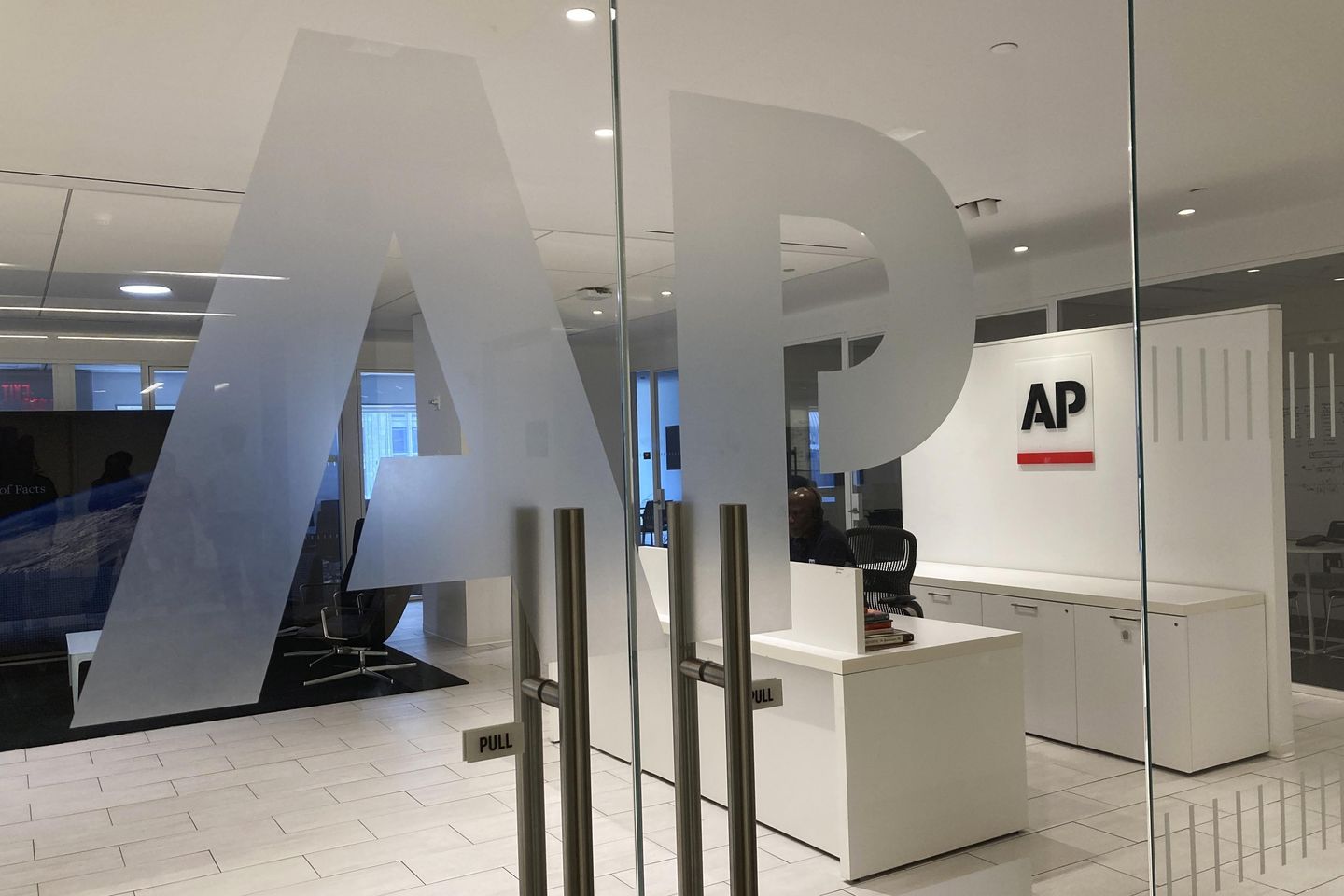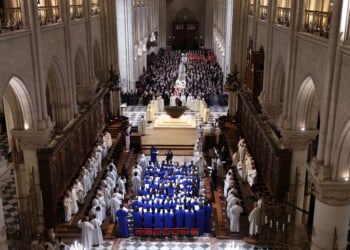
A federal judge on Tuesday ordered President Trump to give The Associated Press back its special access to the White House, saying the wire service was wrongly punished for refusing to adopt Mr. Trump’s views.
Judge Trevor McFadden said Mr. Trump has the power to control access to White House events, but the president crosses the line when he flexes that power to try to force a news outlet to change its coverage.
He said Mr. Trump engaged in viewpoint discrimination when he kicked the AP out of its traditional seat on the press pool that trails the president during public appearances, particularly in the Oval Office, and when he started blocking the AP from larger events.
Mr. Trump booted the AP because it used “Gulf of Mexico” instead of the Trump-ordered government name “Gulf of America” in its coverage. The judge said that “brazen” behavior can’t stand.
“The court simply holds that under the First Amendment, if the government opens its doors to some journalists — be it to the Oval Office, the East Room, or elsewhere — it cannot then shut those doors to other journalists because of their viewpoints. The Constitution requires no less,” he ruled.
The White House had argued that the AP kept general access to the president’s complex, but was reduced to equal footing with many other news outlets.
But Judge McFadden, a Trump appointee to the bench in Washington, said the AP has actually been bumped below other outlets, having been blocked from any limited pool events for a month and a half.
He also said the AP was singled out for the demotion. He said other news outlets continue to refer to the relevant body of water as the Gulf of Mexico but didn’t face the same punishment.
The judge said the news wire’s “reporting quality suffered” as a result of its demotion, since it has lost access to real-time reporting and the ability of its photographers to capture images of the president.
Judge McFadden drew a distinction between interviews, which he said the president is still free to grant or withhold, and access to White House events.
“We are gratified by the court’s decision,” said AP spokeswoman Lauren Easton. “Today’s ruling affirms the fundamental right of the press and public to speak freely without government retaliation.”
The White House’s fight with The AP comes amid a broader war between Mr. Trump and a media that has been largely negative in its coverage of him, even as it reaps financial benefits from the extra eyeballs following the president’s moves.
Even as The AP’s lawsuit was pending, the White House announced new policies governing access. That includes unilaterally picking which journalists are part of the press pool, usurping a power that had been exercised by the White House Correspondents’ Association, a consortium of journalists. Some Washington Times reporters are members of the association.
The press pool is the small group of reporters that has access to presidential events when space is limited. That includes the Oval Office and Air Force One, and certain excursions the president makes.
On Air Force One, for example, there are 13 press spaces. Three have traditionally been designated for reporters from the AP and other wire services, and five spaces go to photographers. Four slots are designated for the television and radio networks, who rotate turns.
Two other seats are designated for what were traditionally print outlets. Those reporters write what’s known as “pool reports” that the other journalists can rely on for reporting. The print pool slots are rotated among dozens of news outlets, The Washington Times is among them.
Similar arrangements exist for Oval Office events.




![Jasmine Crockett Justifies Mass Illegal Immigration With Bizarre Argument [WATCH]](https://www.right2024.com/wp-content/uploads/2025/03/1742007023_Jasmine-Crockett-Justifies-Mass-Illegal-Immigration-With-Bizarre-Argument-WATCH-350x250.jpg)


![NYC Tourist Helicopter Falls into Hudson River, Siemens Executive and Family Among Those Killed [WATCH]](https://www.right2024.com/wp-content/uploads/2025/04/NYC-Tourist-Helicopter-Falls-into-Hudson-River-Siemens-Executive-and-350x250.jpg)








